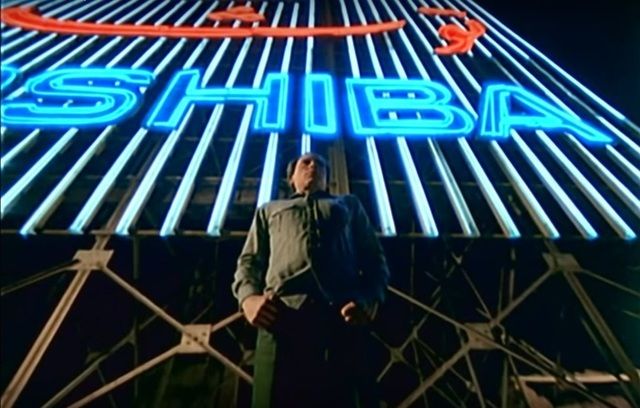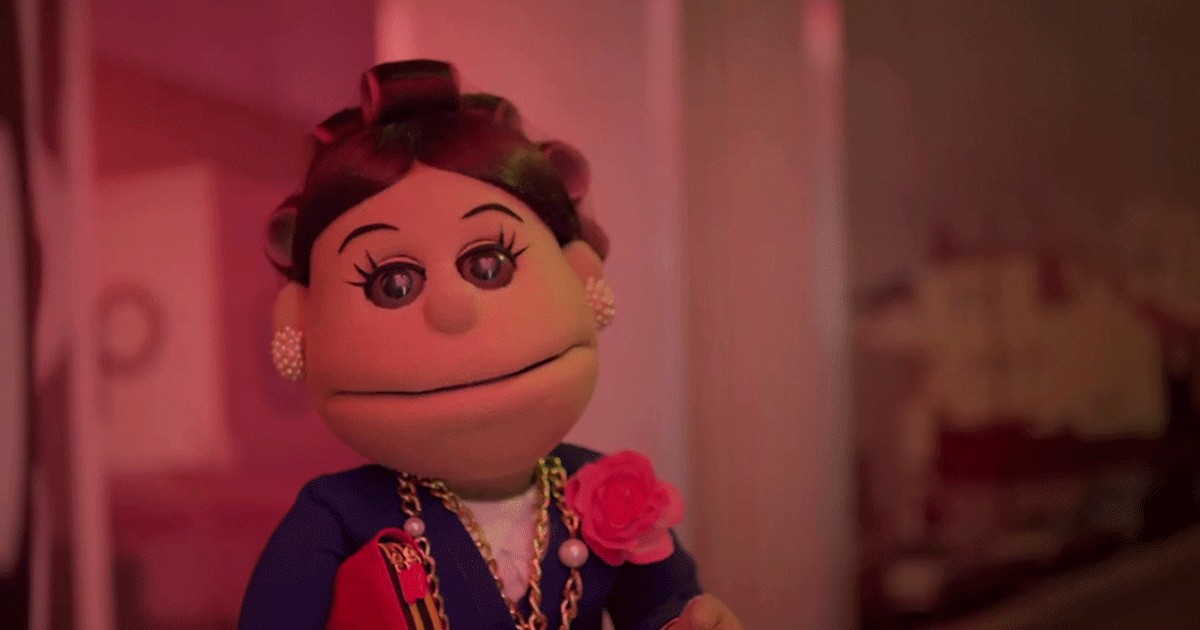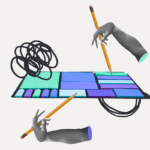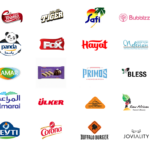Good product placement is hard to accomplish in today’s skeptical youth, it was easier for marketers to simply pay a small amount of money to have a character of a movie to use an item back in the Golden age of movies. Now however, it costs a small fortune to have a product simply sit there on a table.
Recommended ➤ How Amr Diab music video transcends brand integration?
Abla Fahita, the famed puppet comedian, recently posted a video in which she went on a shopping trip to the mall. The mall isn’t officially called out, but it is clearly shown in every chance it can get. Within 10 seconds of the video, the Mall of Arabia sign is clearly evident as Abla looks out of the window.
Throwback ➤ Abla Fahita Case study by JWT Cairo
- Advertisement -
The 3 minute and a half video includes several brands that are located within the mall as Abla takes an unfortunate young woman shopping. The video includes over 10 brands such as London Cab, Promod, Gap, Zara and Aldo plus including the mall itself.
Product/brand placement within movies, shows and social media videos are not uncommon. In most countries, it is an ordinary occurrence to notice that brands such as Coca Cola and Pepsi appear on a variety of TV shows.
Product placement triggers positive reactions?
Simply seeing a product within a visual setting that isn’t an advertisement does not mean it is automatically a paid placement. With a brand saturated world, where everything has a brand, it is difficult to have characters use something without it being a branded item.

Although Abla Fahita’s video is clearly a paid casual advert, the Facebook post itself has the word “Sponsored” on it, it is still a good example of product placement. Other than the aggressive start, the rest of the video casually introduces the brands within the mall. Gap’s and Promod’s logos are not clearly shown, with Gap’s logo appearing in a distorted background and Promo’s bright lights obscuring a great view of the name.
Throughout the years, there have been many ways that movies have tackled product placement by creating relevant stories for brand integration.
The movie “The Italian job” created a huge jump in sales for the BMW Mini Cooper, which was not introduced by name but became a vital character in the movie.
An example of a silent aggressive placement, its logo and importance in the film was obvious to movie-goers all over the world. This actually was a great move on BMW’s part, most movie goers had not heard of the car and did not realize the obvious product placement due to all the action happening on screen. Sales and test drives of the car skyrocketed after the film’s release.
https://www.youtube.com/watch?v=RcGFTUZfZMc
Lady Gaga’s music video for her hit song Telephone included quite a few product placements that were hardly recognized, along with Amr Diab’s Ma’ak Alby. Amr Diab drinks clearly from the classic red Nescafe cup as he sits with his partner, lining up with the brand’s image of bringing people together. These were successful attempts at reaching viewers’ subconscious minds without an aggressive showing, in which the product placement was not direct yet reminded people about the brand positively.
Another way to tackle product placement is by simply going with humor. The movie “Wayne’s World” demonstrates this clearly in the best way possible. In a scene, an executive discusses with the main characters about the importance of product placement and sponsors in their show, the characters show off a variety of brands.
The scene makes fun of how obvious product placement can be, and how it is “sad” what people do for money. There is no actual knowledge whether the brands mentioned actually paid to be in the scene or were put there simply to make fun of.
Product Placement; let brands into your heart
The popularity of product placement lies in its strong ability to provide positive brand awareness and a want.
Usually product placement includes being used by a character, the typically positive reaction given by the character becomes what the viewer may associate with the product or brand right at the moment.
Movies that include food products catch viewers at cinemas off-guard, most cinema-goers do not want to pay for expensive cinema food and will most likely remember the subliminal message and appearance of the branded food (like Pizza Hut) and will have a want to order pizza as they leave the movies.
This provides viewers with a positive association with the product, such as with the Italian Job’s Mini Coopers, and creates a need and want that wasn’t there before. It also allows the viewer to internally justify purchasing the item later on, with thoughts such as “lets if it’s as good as in the movie,” or even skeptical thoughts like “I bet it wasn’t that good, lets see.”
When done correctly, brand integration can produce great results. It gets into the heads of viewers without them anticipating your reach as they would during commercials in which they would mute or change channels. The average person has created these types of barriers towards what they see as advertising, and will avoid or block it out as much as possible.
https://www.youtube.com/watch?v=naBRz1Y0cc8
With product placements in shows or movies, where the product is not the main star, the product is easily accepted by the minds of the viewers rather than being blocked out.
When it comes to social media, users have handpicked select content creators into their lives. This makes it easier to have these users continue watching a video with sponsored content or product placement due to their willingness and want for more content from this creator, it also provides a gateway into people’s hearts and minds without skepticism.
Such as the case with Abla Fahita’s video, people watched the video with an open mind, soaking the mall’s presence into their brain as they laughed at the screen.
Brand integration is not fully implemented within Egypt when compared to other countries, and the public’s feelings on product placement are not well-known or documented at the moment. Let us know in the comments about your feelings towards this marketing tactic. Would you, or would you not?








